A timeless classic shaped by history
The Sidecar was created during World War I. In The Fine Art of Mixing Drinks (1948), David A. Embury recounts that a Parisian captain would arrive at his favorite bistro every day in a sidecar, and that the cocktail was named in his honor.
Many credit its creation to Harry’s New York Bar, where Harry MacElhone popularized the recipe. Yet, in his own ABC of Mixing Cocktails (1922), MacElhone attributes the drink to Pat MacGarry, bartender at London’s Buck’s Club, where he worked when the club first opened. It was there that MacGarry also invented the Buck’s Fizz in 1919, later known as the Mimosa.
Someone else laid claim to the drink as well: Frank Meier of the Ritz in Paris, who offered a version with a more generous pour of cognac. These competing claims highlight the vibrant cocktail culture that connected Paris and London between the wars.
Looking further back, the Sidecar follows in the footsteps of the Brandy Crusta, created in New Orleans by Joseph Santini in the 1850s and immortalized by Jerry Thomas in 1862. This sophisticated cocktail—brandy, curaçao, lemon, bitters, sugar, and zest—required lengthy preparation. The Sidecar borrows the cognac base and sugared rim but delivers them in a simpler, more modern package that has stayed elegant through the decades.
Ferrand Cognac Ambré, the key to a flawless Sidecar
Cognac is obviously a central element of the Sidecar, and your choice will determine the flavor of your drink. That’s why Ferrand Cognac Ambré is such a standout choice, largely because of the Colombard grapes in its blend.

Colombard, native to the Cognac region, is one of the oldest varieties to survive the phylloxera crisis. A symbol of the richness and diversity of our terroir, it accounts for barely one percent of Cognac vineyards today. This is why we have chosen to replant Colombard, along with Folle Blanche, another historic Cognac grape, on a one-and-a-half-hectare plot at the Manoir de Mademoiselle. This project lets us honor the expertise that built our region while breathing new life into nearly forgotten grapes. At Maison Ferrand, we see this plot as a space for learning and sharing, a small but tangible way to keep the vineyard’s heritage alive. In line with our Haute Valeur Environnementale (HVE) and Cognac Environmental Certification (CEC), we cultivate these vines with the utmost respect for their ecosystem.
Paired with Ugni Blanc, which brings structure and softness, Colombard adds taste notes of lime, fresh peach, and grapefruit that lend a vibrant acidity and flavor intensity rarely found in today’s blends.
The result is Ferrand Cognac Ambré, a spirit that honors its past while looking ahead. On the nose, subtle aromas of apple, pear, and jasmine create a sense of freshness. On the palate you’ll pick up vanilla, rose, and violet, plus a touch of apricot and plum. The finish is smooth, lingering on white fruit like apple and pear, spices, vanilla, and honey.
This fresh, fruity character, reinforced by aging Ferrand Cognac Ambré in oak barrels, will make your Sidecar shine like no other.
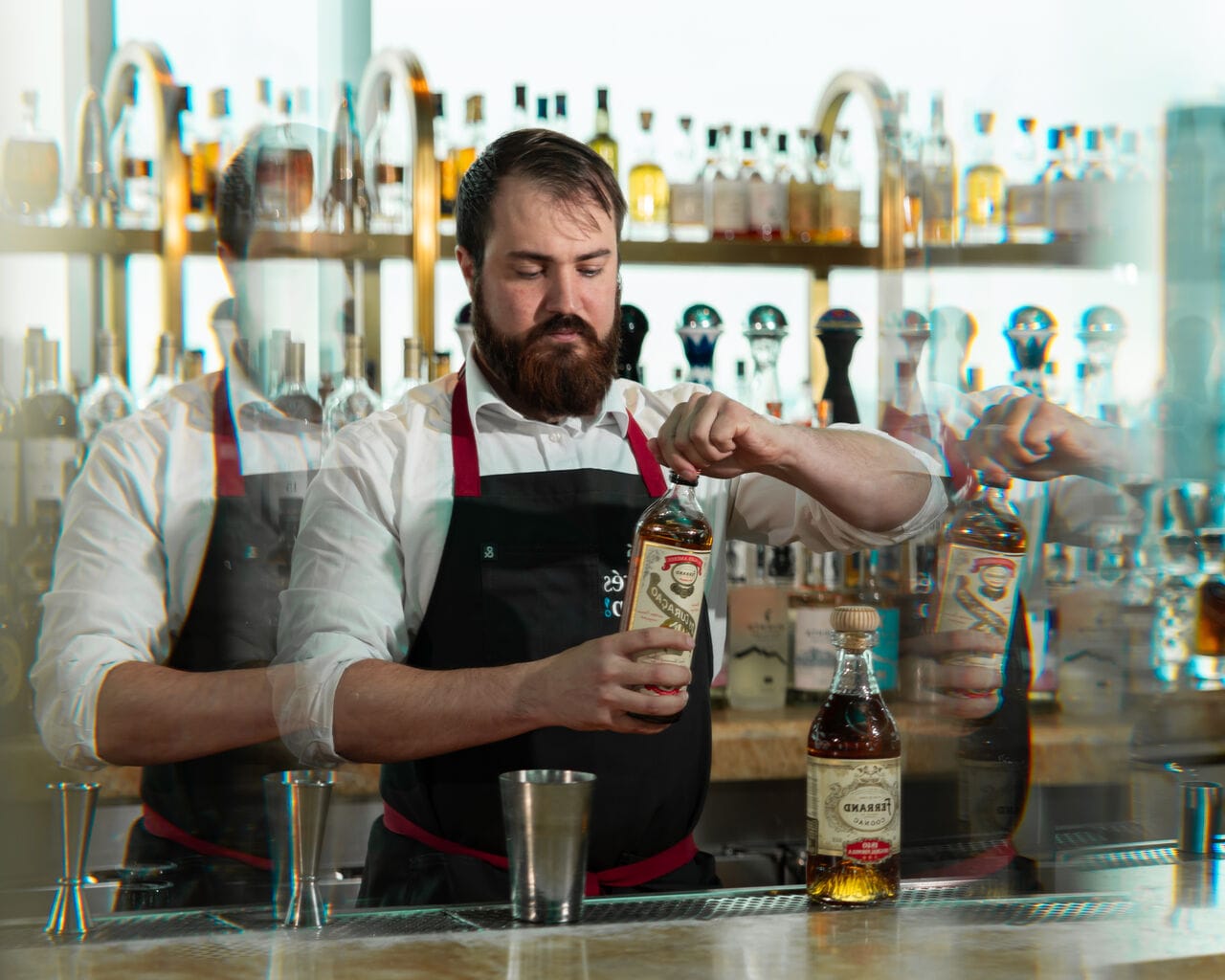
Give our foolproof recipe a try:
Sidecar
Ingredients:
- Ferrand Cognac Ambré: 1.5 oz
- Ferrand Dry Curaçao: 1 oz
- Freshly squeezed lemon juice: 3/4 oz
- Simple syrup: 1 tsp
- Lemon peel
Glass: Coupe
Method:
- Pour all the ingredients into a shaker
- Fill the shaker with ice
- Shake vigorously, then strain the liquid into the glass
- Express the lemon zest over the glass, run it around the rim, then drop it into the cocktail
Optional: You can coat part of the rim of your glass with sugar. To do so, moisten that section with lemon juice, then press it into granulated sugar spread on a plate.
Your cocktail is ready. Cheers!

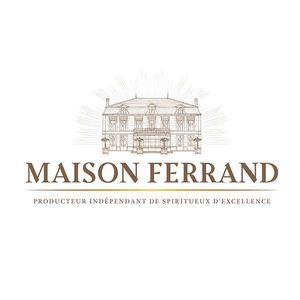
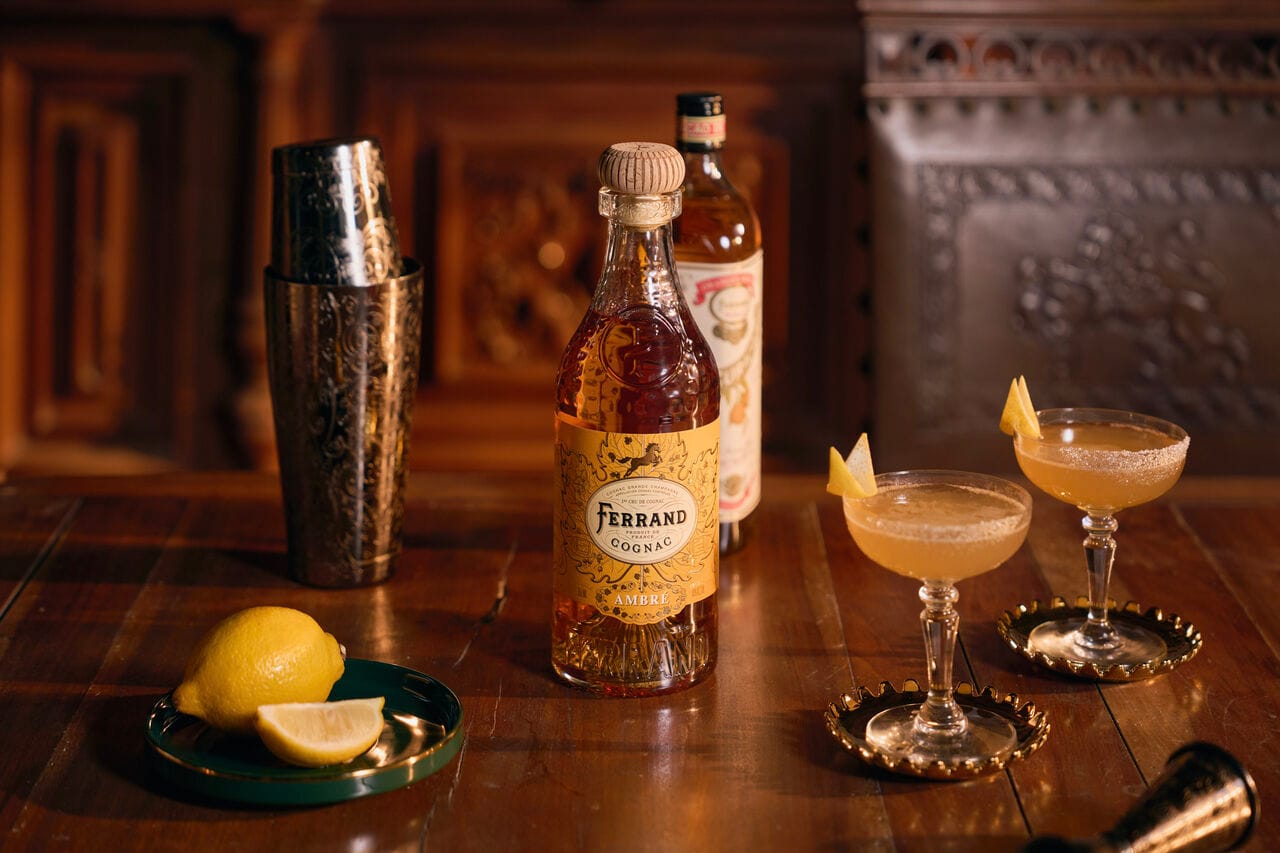

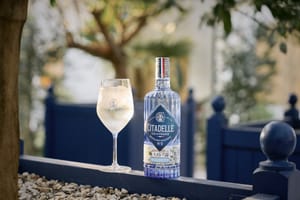
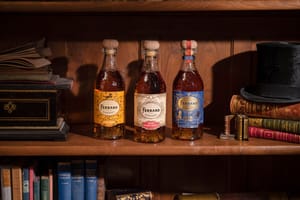
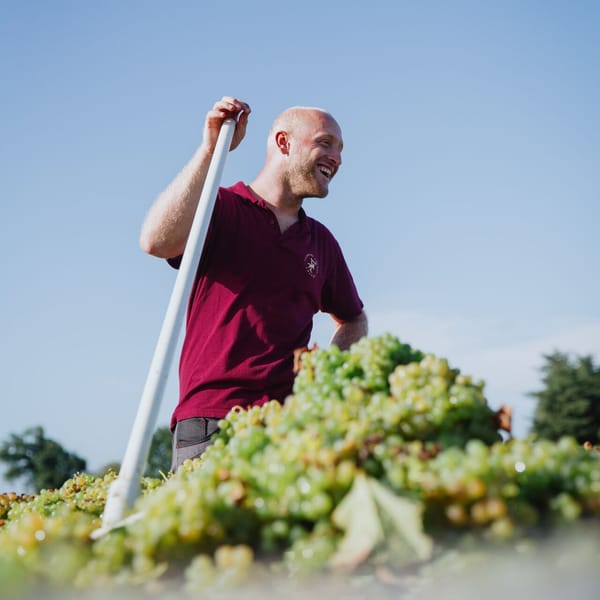
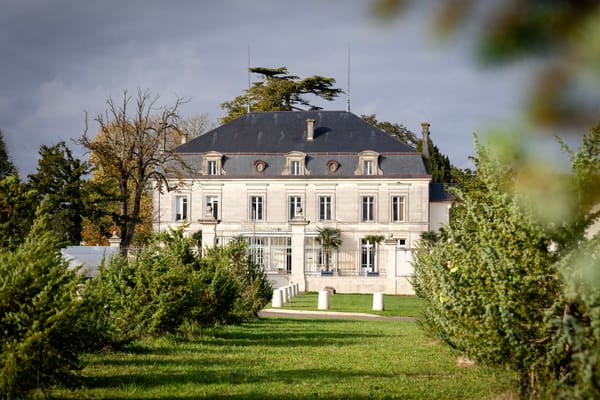
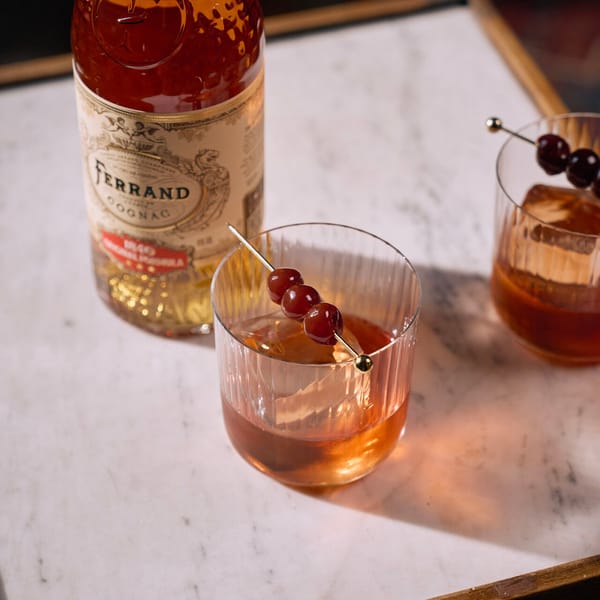
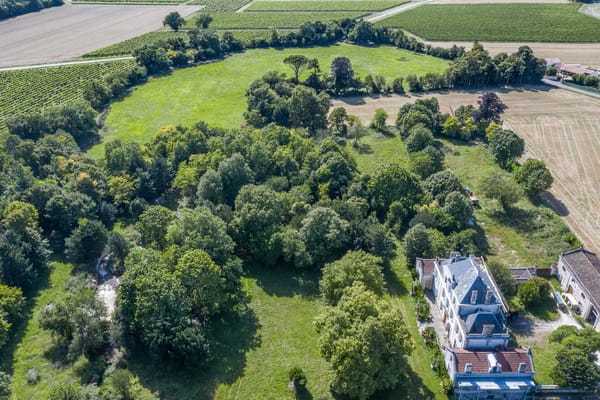

Member discussion